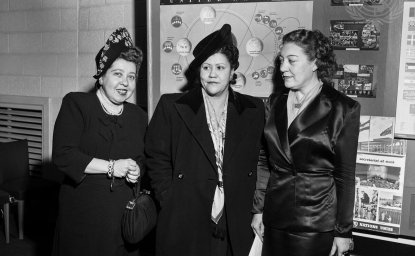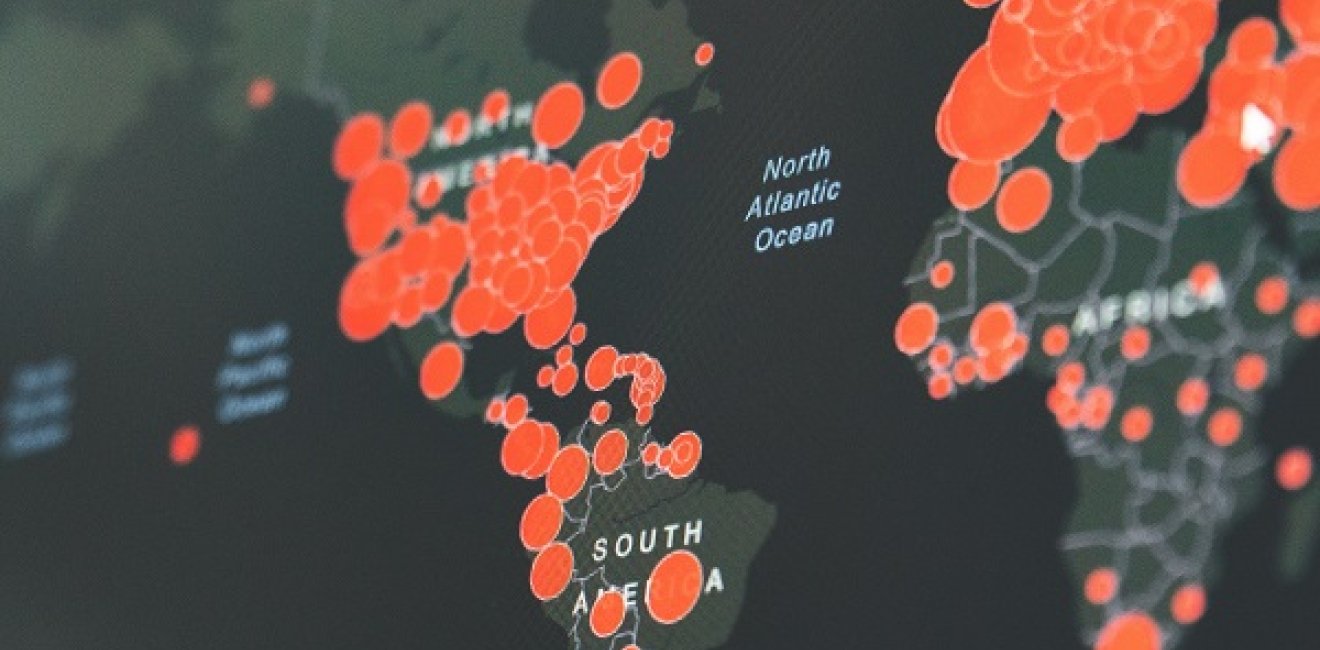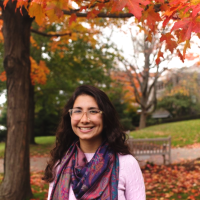
A blog of the Latin America Program
The World Health Organization recently classified Latin America as the new global “epicenter” of COVID-19. The number of cases in the region is nearing 1.5 million. Latin America exceeds the global average in cases per 100,000 (233.2 compared to 97.3) and deaths (11.5 compared to 5.5). Worryingly, unlike many regions, the spread is accelerating in Latin America, including in Chile, Peru, Brazil and Venezuela.
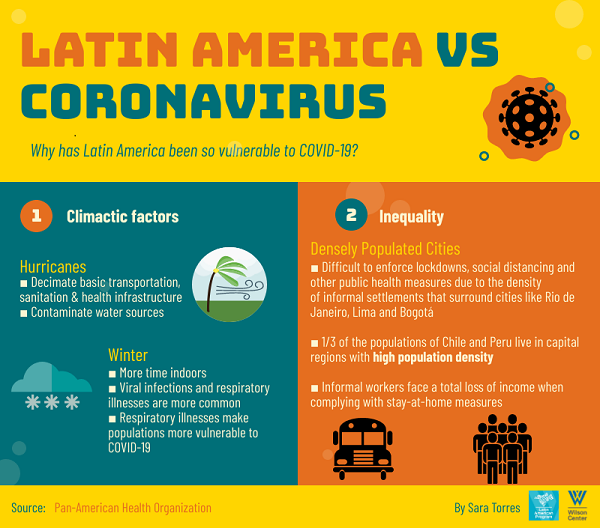
Latin America was hit by the virus later than much of Europe, Asia and the United States. That gave leaders in the region time to prepare and implement early and aggressive measures, such as strict stay-at-home orders in Argentina, Ecuador, Colombia and Bolivia. Uruguay, for example, moved quickly to control the virus’s spread, even without a national lockdown, and it has seen only 847 cases of COVID-19.
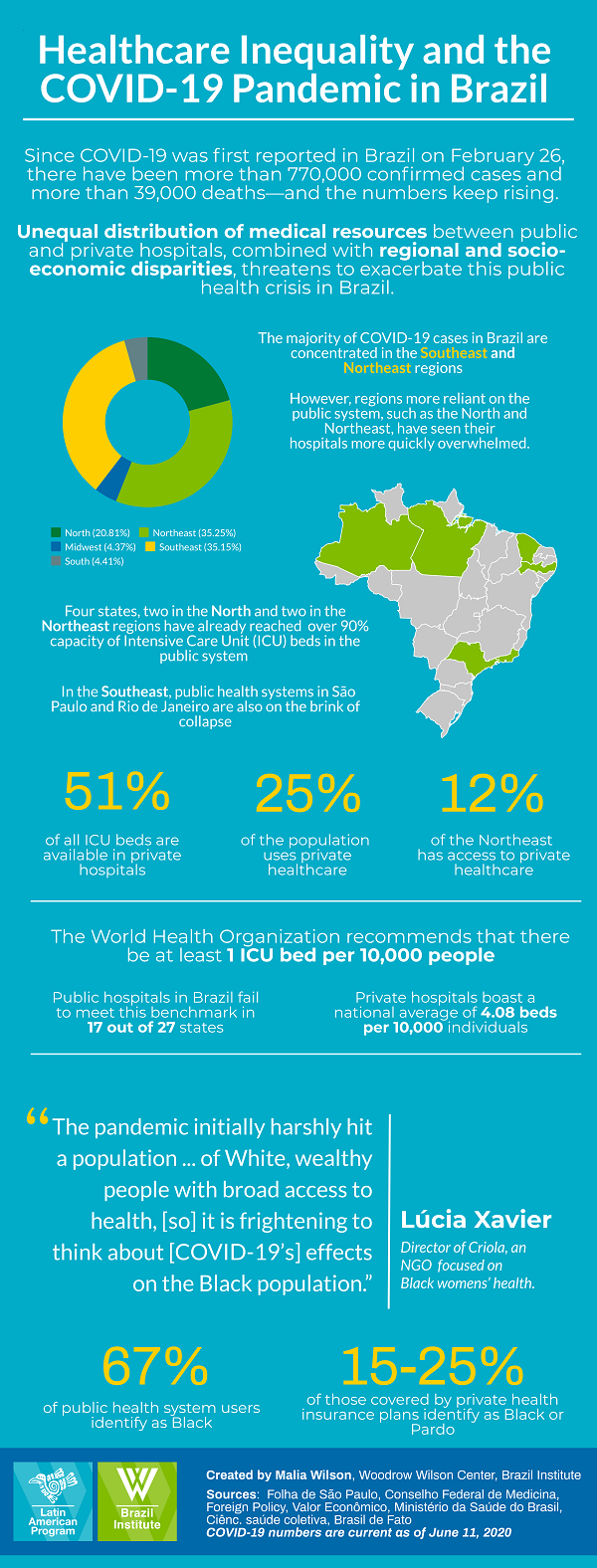
In other parts of the region – such as Brazil, Mexico and Nicaragua – national leaders were slow to respond to COVID-19. In Venezuela, underreporting and the suppression of information about the virus’s spread is likely masking a grave public health crisis. But even in countries that faced the pandemic head-on, the coronavirus has turned out to be a formidable adversary. That is because Latin America has numerous structural challenges that complicate its battle against this disease. The region’s infamous inequality has left one-in-two workers laboring in the informal sector, whose daily wages are imperiled by quarantines. There is also the geography of poverty. Major cities like Rio de Janeiro, Lima and Bogotá are surrounded by densely populated informal settlements, where complying with social-distancing measures is close to impossible.
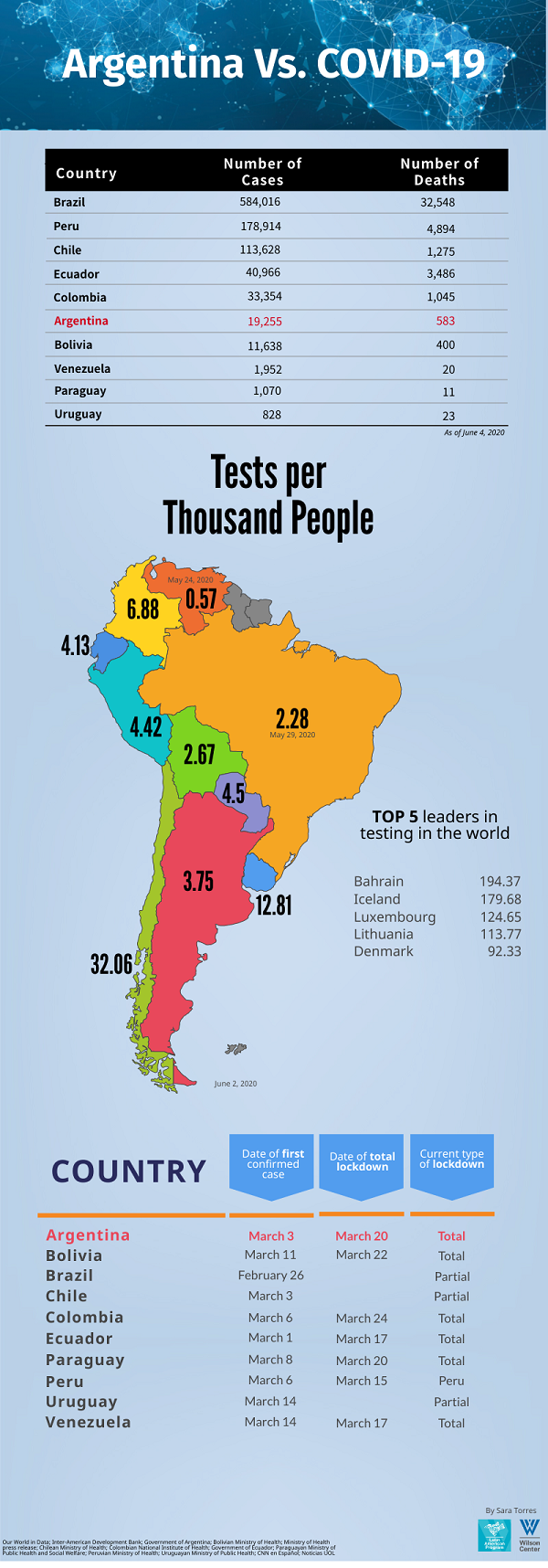
Meanwhile, as much of the world slowly emerges from COVID-19 restrictions, the challenge for Latin America is getting worse. The Southern Hemisphere winter raises the threat of disease transmission, and the hurricane season threatens sanitation and health infrastructure.
For more insights on COVID-19’s impacts in Latin America, read our interview with the WHO’s representative in Argentina and our analysis of the challenge of managing the virus in Latin America’s sprawling informal settlements; and visit our coronavirus portal, including our interactive map tracking U.S. and Chinese “mask diplomacy” in Latin America.
Authors


Latin America Program
The Wilson Center’s prestigious Latin America Program provides non-partisan expertise to a broad community of decision makers in the United States and Latin America on critical policy issues facing the Hemisphere. The Program provides insightful and actionable research for policymakers, private sector leaders, journalists, and public intellectuals in the United States and Latin America. To bridge the gap between scholarship and policy action, it fosters new inquiry, sponsors high-level public and private meetings among multiple stakeholders, and explores policy options to improve outcomes for citizens throughout the Americas. Drawing on the Wilson Center’s strength as the nation’s key non-partisan policy forum, the Program serves as a trusted source of analysis and a vital point of contact between the worlds of scholarship and action. Read more


Argentina Project
The Argentina Project is the premier institution for policy-relevant research on politics and economics in Argentina. Read more


Brazil Institute
The Brazil Institute—the only country-specific policy institution focused on Brazil in Washington—aims to deepen understanding of Brazil’s complex landscape and strengthen relations between Brazilian and US institutions across all sectors. Read more

Explore More in Weekly Asado
Browse Weekly Asado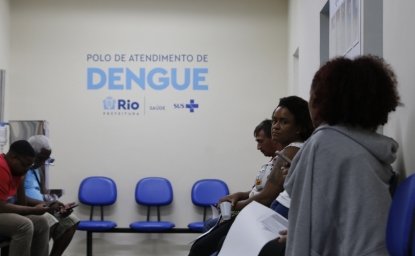
Dengue Haunts South America’s Summers
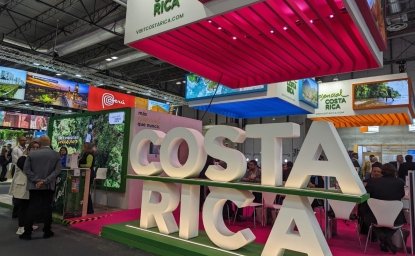
Lessons from Costa Rica’s Economic Transformation

Women and Latin America’s Digital Revolution
